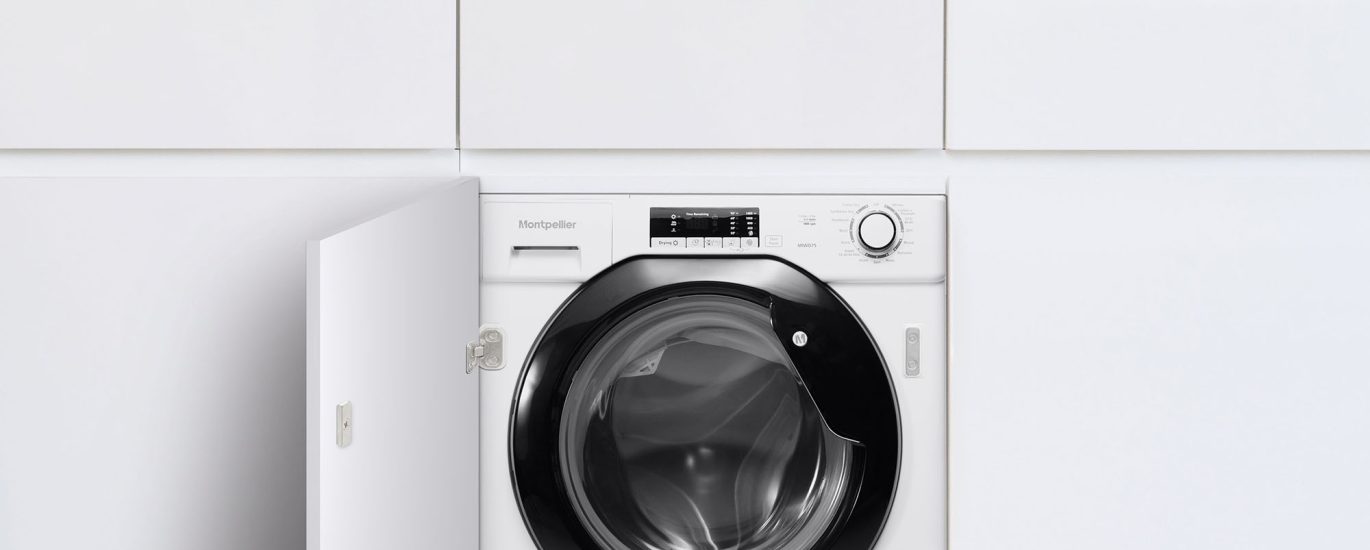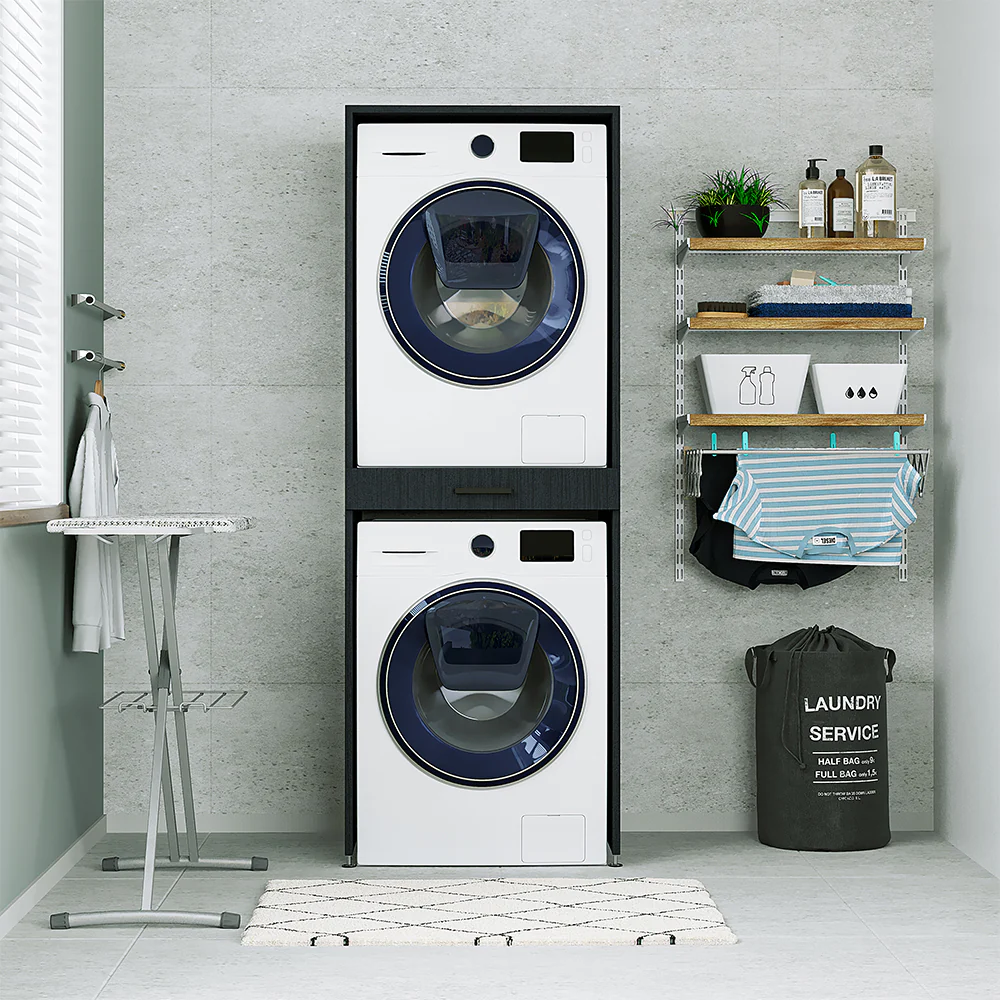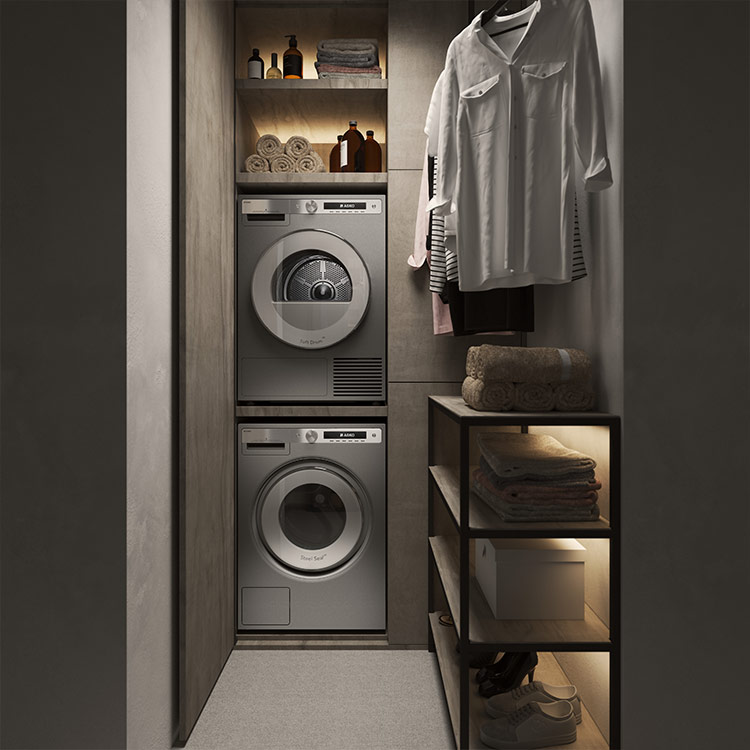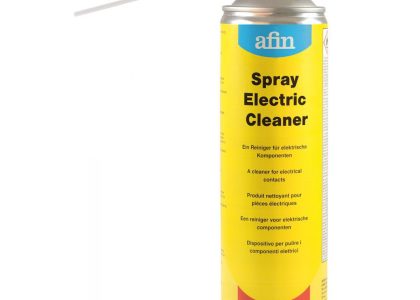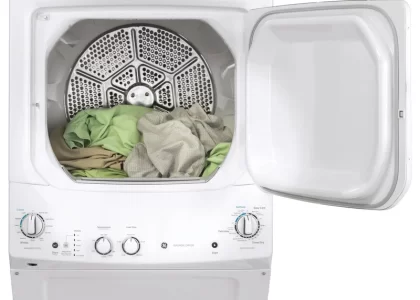Overview of Appliance Rental Market
The appliance rental market has shown steady growth over recent years. Rising living costs and shifting consumer habits have fueled this trend. Many people now prefer to rent rather than buy. Renting appliances like washers and dryers offers flexibility. It avoids the upfront cost of purchasing. Rentals also provide a solution for those in temporary housing or with uncertain plans.
Renting washers and dryers has become particularly popular. The reasons are clear. Renting saves on maintenance costs and upgrades. Users can easily switch to the latest models without hassle. Rental companies have noticed this demand. They now offer various plans to cater to different needs. The market has options that range from basic models to high-end units.
Research into ‘how much to rent washer and dryer’ is crucial. Prices vary widely depending on location and service levels. Users must weigh the convenience against the ongoing rental costs. In the long term, these costs can add up. For many, though, the benefits outweigh the costs. Renting remains a viable option for a large segment of the population.
How much to rent washer and dryer? The appliance rental market is adapting too. Companies now integrate smart technologies. They offer flexible payment terms. These practices enhance the user experience. It demonstrates the industry’s response to consumer demands and expectations.
The Pros and Cons of Renting vs. Buying
Deciding whether to rent or buy a washer and dryer can be tricky. Let’s explore the pros and cons. On the plus side, renting these appliances means no large upfront cost. You don’t have to spend hundreds or even thousands at once. Maintenance headaches disappear. Rental companies usually handle any repairs. You’ll enjoy the latest models. Upgrade anytime to more efficient or feature-rich machines. And, it’s great for short-term living arrangements. You avoid the hassle of moving heavy appliances when you relocate.
However, there are downsides too. Over time, rental fees can exceed the purchase price. It’s a long-term expense that never ends as long as you rent. Also, there are limits on usage based on your contract. You might face extra fees if you go over. There is also less sense of ownership. You must keep the appliances in good condition, or face penalties. Lastly, choices may be limited. Rental plans often come with a restricted selection compared to buying outright.
In the quest to understand ‘how much to rent washer and dryer’, weighing these factors is key. They affect both your budget and your lifestyle. Each person’s needs differ. Think about what suits your situation before making a decision.
Average Rental Costs for Washers and Dryers
When considering ‘how much to rent washer and dryer’, it’s vital to know the average costs. These costs often depend on various factors, such as model quality and rental duration. Typically, renters can expect to pay anywhere from $30 to $50 per month for a basic washer or dryer. For a high-end model with advanced features, prices can rise to between $50 and $100 monthly. It’s also common for rental companies to offer bundled deals for both appliances, which may range from $60 to $120 monthly.
To find these figures, a quick online search for ‘how much to rent washer and dryer’ will yield several price quotes from different companies. Hopeful renters should remember prices can vary greatly by region. Urban areas might see higher rates due to demand and cost of living. It’s crucial to get multiple quotes and compare them. Always read the fine print for any additional fees. Charges for delivery, installation, or maintenance might not be included in the advertised rental price.
Lastly, it is essential to factor in the rental period. Longer contracts may offer reduced monthly fees. However, this could mean paying more in the long term. Renters should closely consider how long they need the appliances. Short-term renters may find that higher monthly fees without a contract fit better with their needs.
Factors Influencing Rental Prices
When searching ‘how much to rent washer and dryer’, it’s critical to understand the factors that affect rental prices. Here are the primary elements that can influence how much you pay:
- Location: Rental prices can vary by region. Urban centers often have higher costs due to increased demand and cost of living.
- Model and Features: High-end models with the latest features tend to be more expensive. Basic models are usually more affordable.
- Rental Duration: Longer contracts may offer lower monthly fees, but total costs could be higher over time.
- Service Level: Some rental deals include maintenance and repair services, which can affect the price.
- Brand Popularity: Popular brands might command higher rental fees due to their perceived quality and demand.
- Market Demand: During peak moving seasons, prices may go up due to the high number of renters looking for appliances.
- Additional Fees: Delivery, installation, and maintenance fees may not be included in the quoted price and can add up.
Knowing these factors can help you estimate the cost more accurately and make an informed decision. It is wise to compare quotes from multiple companies and consider what you truly need before committing to a rental agreement.
Tips for Finding Affordable Washer and Dryer Rentals
Finding the right washer and dryer rental without breaking the bank requires some knowledge and strategy. Here are practical tips to help you find affordable rentals:
- Research extensively: Start your search with a comprehensive online look-up for ‘how much to rent washer and dryer’. Compare various options.
- Check for promotions: Rental companies often run special deals. Look for offers, especially during off-peak seasons.
- Negotiate terms: Don’t accept the first price. Talk to the rental company about lowering the monthly rate or waiving certain fees.
- Opt for older models: Brand-new models cost more. Consider renting slightly older, but still reliable, washers and dryers.
- Bundle it up: Get a washer and dryer together. Many companies offer discounts for bundled rental packages.
- Evaluate contract length: Short-term rentals might seem cheaper at first, but longer commitments can often lead to lower monthly rates.
- Ask for referrals: Reach out to friends and family for recommendations. They may know about deals that aren’t widely advertised.
By using these strategies, you can navigate the rental market more effectively. This will help ensure that you not only get a good deal but also a rental contract that fits your specific needs and budget.
The Impact of Technological Advances on Rental Pricing
The appliance rental market is constantly evolving, mainly due to technological advancements. These changes can significantly impact how much to rent washer and dryer. Here’s how technology is shaping rental pricing:
- Smart Features Increase Appeal:
Modern washers and dryers often boast smart features like Wi-Fi connectivity and app control. These enhancements raise rental prices due to increased demand.
- Upgraded Efficiency Saves Costs:
Newer models with advanced technology might be pricier initially, but they can lower utility bills. Efficient appliances could justify their rental costs over time.
- Repair and Maintenance Tech:
Rental companies now use technology to diagnose and repair issues remotely. While this service adds to rental pricing, it prevents long downtimes and potentially higher repair costs.
- Predictive Analytics for Pricing:
Companies use data analytics to set competitive rental rates. Technology allows them to adjust prices based on market changes, potentially affecting monthly costs.
When you look up ‘how much to rent washer and dryer’, remember that the latest tech features in appliances can influence the price. Always consider if the benefits of these features align with your budget and needs.
Rental Agreement Essentials: What to Look Out For
When you type ‘how much to rent washer and dryer’ into your search bar, identifying the right rental terms is as crucial as finding an affordable price. To ensure a smooth rental experience, here are essential elements to scrutinize in your rental agreement:
- Duration and Termination: Look at the length of the rental term. Know how and when you can end the agreement.
- Monthly Fees: Confirm the monthly rental cost. Check if it is fixed or subject to change.
- Additional Costs: Be aware of extra fees for delivery, installation, and maintenance.
- Usage Terms: Understand any limits on usage to avoid overage charges.
- Repair and Maintenance: Know who is responsible for appliance issues and how repairs are handled.
- Renewal Terms: Find out if the contract renews automatically or if you need to sign a new agreement.
- Penalties: Learn about late payment fees and penalties for damages or early termination.
- Upgrade Options: See if you can switch to newer models during your rental period.
By paying attention to these details, you can avoid unexpected costs and problems. Reading the fine print helps you make an informed decision that aligns with your budget and needs.
Alternatives to Renting: Lease-to-Own and Second-Hand Purchases
For those gauging ‘how much to rent washer and dryer’, considering alternatives makes sense.
Lease-to-Own Programs: Some prefer a middle ground between renting and buying. Lease-to-own plans can offer this balance. You make monthly payments, like renting. Yet, you own the appliance at the end. It appeals to those who can’t pay upfront, but want ownership eventually.
Advantages: Lease-to-own avoids large upfront costs. It spreads payments over time. You eventually keep the appliance.
Drawbacks: Total costs may surpass outright buying. You’re committed to keeping the appliance, which might become outdated.
Second-Hand Purchases: Another option is buying used washers and dryers. You can often find these at significantly lower prices.
Advantages: Immediate ownership at a low cost is a key benefit. You avoid ongoing rental or lease payments.
Drawbacks: There’s no warranty or guarantee. You handle all maintenance and repairs, which can be costly.
In summary, lease-to-own satisfies those aiming for ownership without hefty initial costs. Second-hand buying suits those okay with older models and having no backup from warranties. Think carefully about which option best fits your needs and wallet. Eager renters should crunch the numbers. Decide if the hassle-free nature of renting outweighs these alternative methods’ potential savings.

